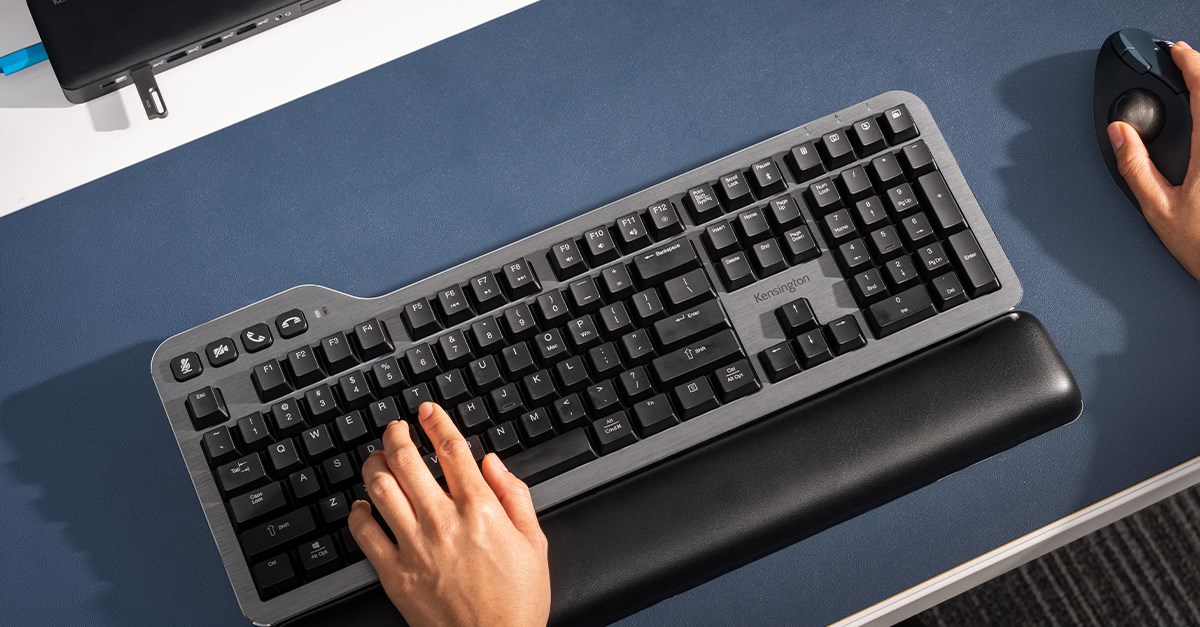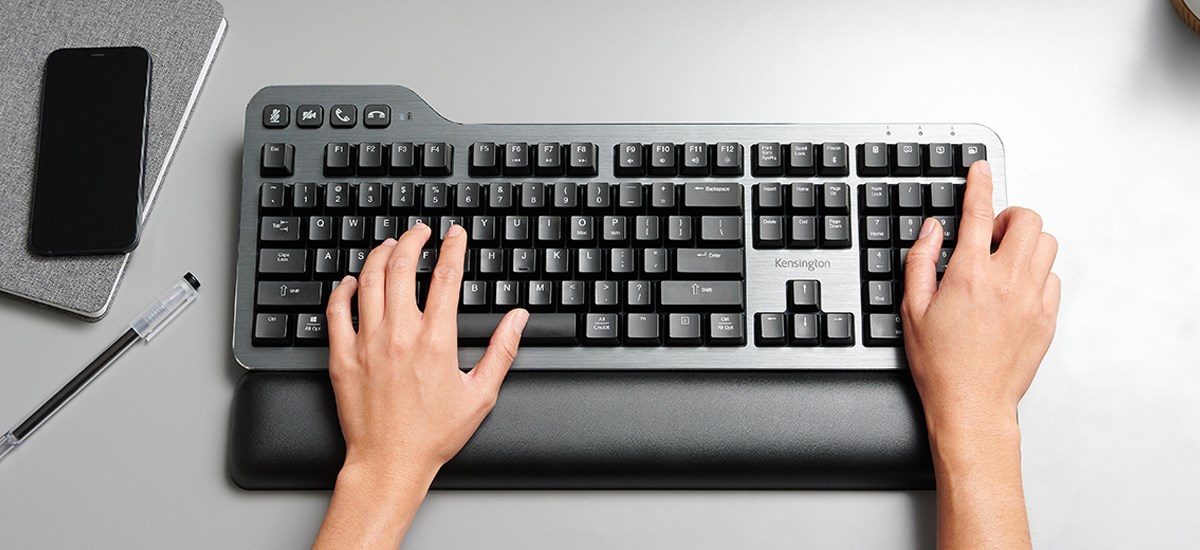
Are you tired of the loud and distracting clicking sounds of your current keyboard? Do you find it difficult to work around others who are bothered by the noise of your keystrokes? Do you need to type while in meetings or on calls? If so, you should consider upgrading your typing experience with a silent mechanical keyboard. These keyboards are designed to provide the same satisfying feel and precision of traditional mechanical keyboards, but with a much quieter operation. With the rise of remote work, open office spaces, and video conferencing, silent mechanical keyboards are becoming increasingly popular among tech users who demand a more comfortable, efficient, and quiet typing experience. In this article, we'll explore why silent mechanical keyboards are the future of typing. So, whether you're a professional, gamer, or writer, read on to discover how a silent mechanical keyboard can revolutionize the way you type.
How Do Mechanical Keyboards Differ from Traditional Membrane Keyboards?
A mechanical keyboard differs from a traditional membrane keyboard in several ways. Firstly, the switches under the keys of a mechanical keyboard use a physical mechanism to register keystrokes, as opposed to the rubber domes found in membrane keyboards. This provides a more tactile and responsive typing experience, with a satisfying click or bump sound to indicate that a keystroke has been registered. Additionally, mechanical keyboards often have a longer lifespan due to their sturdier construction and the ability to replace individual switches if they become worn or damaged. Finally, mechanical keyboards often come with a range of customization options, such as switch type, keycaps, and backlighting, allowing users to tailor their keyboard to their specific preferences and needs. Overall, the use of mechanical switches in keyboards offers a more tactile, durable, and customizable typing experience compared to traditional membrane keyboards.
How Do Silent Mechanical Keyboards Work?
Silent mechanical keyboards are designed to offer the same satisfying tactile and responsive typing experience as traditional mechanical keyboards, while minimizing the noise created by the switches. There are several types of mechanical switches used in keyboards, including linear, tactile, and clicky switches, each with their own unique characteristics. To minimize noise, silent mechanical keyboards often use rubber dampeners, which are placed on the stem of the switch to reduce the sound of the key bottoming out. Some switches also use special spring mechanisms, such as those found in Kailh Midnight Pro Silent Tactile switches, which reduce noise by dampening the sound of the switch returning to its original position after a keystroke. Overall, silent mechanical keyboards offer the same tactile feedback and customization options as traditional mechanical keyboards, while providing a quieter typing experience that is ideal for shared workspaces or late-night typing sessions.
What Are Some of the Benefits of Using a Silent Mechanical Keyboard?
Using a silent mechanical keyboard has several benefits compared to a traditional membrane keyboard. The most obvious advantage is reduced noise pollution, which can be particularly important in shared workspaces where loud typing can be a distraction to others. Silent mechanical keyboards offer the same tactile feedback and customization options as traditional mechanical keyboards, but with significantly reduced noise levels. Additionally, using a silent mechanical keyboard can increase focus and productivity, as the satisfying tactile feedback can help you type faster and more accurately—and the reduced noise allows you to think more clearly. Overall, silent mechanical keyboards provide a more comfortable and enjoyable typing experience. Whether you are a busy professional looking for a more productive workspace, a student studying late at night, or just someone who prefers a quieter environment, a silent mechanical keyboard can be an excellent investment.
What Are the Disadvantages of Silent Mechanical Keyboards?
While silent mechanical keyboards offer a range of benefits, there are a few potential drawbacks to consider. One complaint is that some users find that the typing experience on a silent mechanical keyboard is less satisfying, especially if they are used to the feel of a specific type of switch. Additionally, silent mechanical keyboards can be more expensive than traditional membrane keyboards. Despite these drawbacks, the benefits of silent mechanical keyboards outweigh the potential downsides for most users.
Who Should Consider a Silent Mechanical Keyboard?
If you work in a shared workspace or have noise sensitivity or hearing impairments, a silent mechanical keyboard might be a great choice for you. Similarly, if you work from home and share a workspace with family members, a silent mechanical keyboard can be a great way to reduce distractions and increase productivity. Gamers who want a more immersive experience and typists who need a more responsive keyboard might also appreciate the benefits of a silent mechanical keyboard. Ultimately, anyone who wants a better typing experience without the noise pollution of traditional mechanical keyboards should consider investing in a silent mechanical keyboard.
How Should I Choose the Best Silent Mechanical Keyboard?
When choosing the best silent mechanical keyboard, there are several factors to consider. First, consider the types of switches used. Some silent mechanical keyboards use rubber dampeners, while others use specialized spring mechanisms to reduce noise. It's also important to consider the build quality of the keyboard, as well as the overall design and aesthetics. Other factors to consider might include programmable keys, backlit keys, or additional features like wrist rests. For those interested in Kensington keyboards, the MK7500F QuietType™ Pro Silent Mechanical Keyboard with Meeting Controls was built by professionals for the modern workplace and offers everything you need in a professional keyboard:
- Responsive keys, a quiet typing experience, and n-key roll over (NKRO)
- Universal compatibility for Windows and macOS
- Kailh Midnight Pro Silent Tactile switches with sound dampening pads
- Connects via Bluetooth, or included 2.4GHz USB receiver, or included USB-A cable
- 128-bit AES government-grade encryption security
- Ergonomic design supports all-day typing comfort
- Built-in meeting controls for video conferencing
- Customizable keys to support workflow
- White backlight for easy key identification in low light settings
- IPX4 spill-proof design protects against accidents
- Includes washable silicon dust cover
- Three-year limited warranty

In conclusion, upgrading to a silent mechanical keyboard can significantly improve your typing experience and work environment. Silent mechanical keyboards use different types of switches and mechanisms to reduce noise, providing a better typing experience without disturbing others. While there may be some drawbacks to using a silent mechanical keyboard, such as cost and potential lack of tactile feedback, the benefits for certain types of users can be substantial. Consider factors such as the types of switches used, build quality, and overall design when choosing the best silent mechanical keyboard for your needs. As the technology continues to evolve, keep an eye out for new trends and advancements in silent mechanical keyboard technology. Whether you work in a shared space or simply want a more peaceful typing experience, a silent mechanical keyboard may be the right choice for you.
Learn more about the Kensington MK7500F QuietType™ Pro Silent Mechanical Keyboard with Meeting Controls and how our family of Professional Video Conferencing solutions is supporting next-gen experiences!